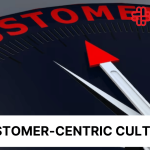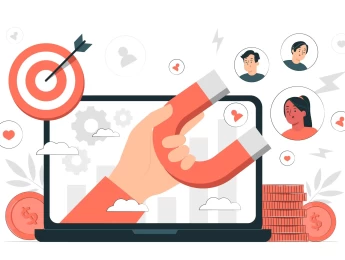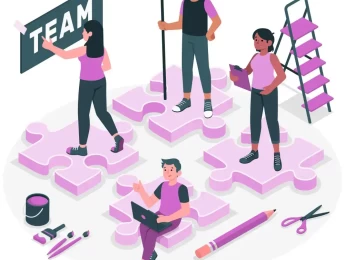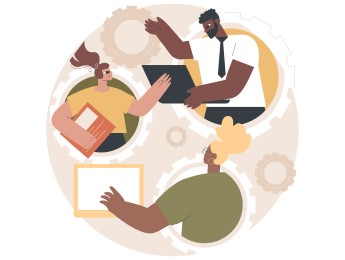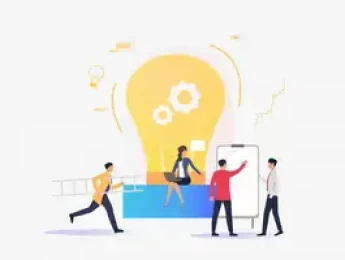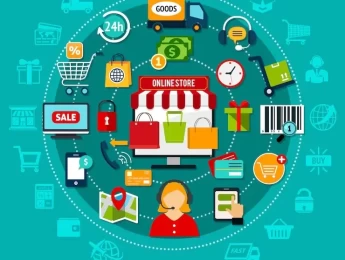Understanding your customers secures return business and boosts satisfaction. Customers can be categorised by hobbies, age, gender, and needs. Meeting these individual needs increases sales and engagement.
Start by reviewing current sales and customer data to identify different types of customers and their preferences. Use accurate reporting and data analytics to understand their journey, from initial contact to purchase, and identify pain points.
Continuous improvement tailored to each customer segment ensures a personalised, satisfying experience, keeping them returning and driving business growth.
Upon completion of this course, participants will be able to:
- Segment your customers based on accurate data.
- Develop an action plan to resolve any pain points experienced by each customer type.
- Help all departments understand the necessity of becoming customer-focused.
- Create rewarding experiences for each customer type depending on their needs, what they want to purchase and when they’re available.
- Develop automated services for your customers on accessible communication platforms.
- Aim to make your marketing provisions specifically for your various target audiences.
- Understand and mirror the mood of each customer type when they contact.
- Sell your products' benefits to your customers depending on their segment.
- Develop feedback methods and customer satisfaction surveys to obtain the most useful information.
This course is designed to help anyone responsible for creating a customer segmentation matrix to provide world-class customer service and marketing to specific customer groups. It would be most beneficial for:
- Customer Service Managers
- Marketing Managers
- Sales Managers
- Operations Managers
- Data Analysts
- Business Owners
- Directors
- Executives
- Frontline Customer Service Employees
- Team Leaders
- Supervisors
- Public Relations Personnel
- Social Media Specialists
This course uses a variety of adult learning techniques to aid full understanding. Participants will watch videos to understand the meaning of customer segmentation and how it could benefit businesses. They will view real-world case studies to see how other companies segment their customer base and how marketing and customer service opportunities can be tailored to a specific audience.
They will be presented with group activities to determine mock segmentation groups and assess a plan of action for potential growth based on the customer group’s needs and desires. Each group will present a ‘wow factor’ presentation on the next steps for the business based on what customers are likely to ask for going forward.
Day 5 of each course is reserved for a Q&A session, which may occur off-site. For 10-day courses, this also applies to day 10
Section 1: Customer Profiling Techniques
- Customer profiling and how it can help you.
- The Myers-Briggs Type Indicator.
- DISC Temperament profiling.
- Developing your customer persona.
- The 4 types of customers and what they want from your service.
- Developing your business cases around your segmentation.
Section 2: Mining Data & Segmentation Analysis
- Finding the right data.
- Mapping from age, gender, hobbies and previous behaviours.
- Data mining and storage opportunities.
- How to pull in extra data from your customer.
- The benefits of social media profiling.
- SWOT analysis to make strategic decisions.
- PESTLE analysis.
- Creating a predictive model.
- Return and churn - your customer lifecycle.
Section 3: Communication & Customer Contact to Improve the Customer Journey
- Getting into the customer mindset.
- Understanding your customers’ needs.
- Appropriate communication methods.
- Customer communication, active listening and body language.
- Receiving feedback and acting on it.
- The science of persuasion.
- Preferred learning styles.
- Benefits vs. functions - what does your customer want to hear?
Section 4: Creating the WOW Factor Across the Board
- Competitor evaluation.
- Customer journey mapping and pain point research.
- Motivating and encouraging reviews and feedback.
- Resolving issues to create better interactions.
- Looking at how your ‘touch points’ affect your customer interactions.
- Training and development benefits.
- Customer-focused SMART targets.
- Managing performance around interaction and marketing opportunities.
Section 5: Strategic Segmentation Planning for Continuous Improvement
- Looking for future wins.
- Using data to forecast societal change.
- What will your customer want in the future?
- How to improve on your current offering.
- Your ‘journey to good.’
- Time management techniques and turnaround times to exceed expectations.
- Leading a team to success through customer focus.
Upon successful completion of this training course, delegates will be awarded a Holistique Training Certificate of Completion. For those who attend and complete the online training course, a Holistique Training e-Certificate will be provided.
Holistique Training Certificates are accredited by the British Assessment Council (BAC) and The CPD Certification Service (CPD), and are certified under ISO 9001, ISO 21001, and ISO 29993 standards.
CPD credits for this course are granted by our Certificates and will be reflected on the Holistique Training Certificate of Completion. In accordance with the standards of The CPD Certification Service, one CPD credit is awarded per hour of course attendance. A maximum of 50 CPD credits can be claimed for any single course we currently offer.
- Course Code PM2-112
- Course Format Classroom, Online,
- Duration 5 days


